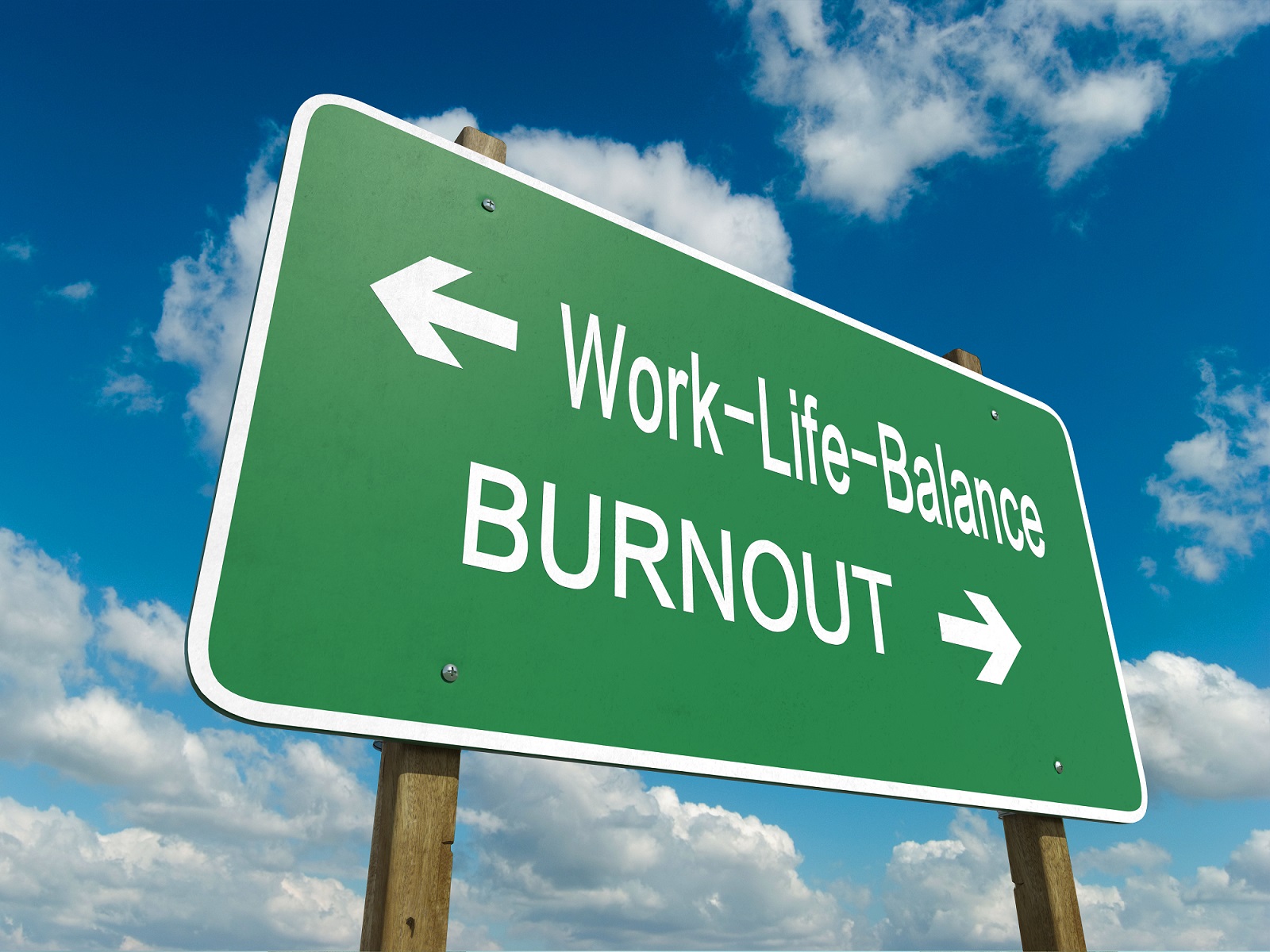As we’ve discussed before, burnout is a problem for as many as half of all doctors in the U.S. It’s not hard to understand why: on average, doctors work 10 hours more a week than other professionals, with nearly 40 percent working 60 hours or more per week, according to a 2012 study published in the Archives of Internal Medicine. And over 40 percent of physicians are dissatisfied with their work-life balance, a determining factor of burnout, compared to 23 percent of professionals in other occupations.
Given the looming doctor shortage, this is a real problem. The Association of American Medical Colleges predicts that by 2025 there will be a shortage by as many as 90,000 physicians due to doctors retiring, an aging population, and full implementation of the Affordable Care Act. Health care can’t afford to lose more doctors to burnout.
Some organizations are taking groundbreaking measures to help doctors achieve better work-life balance and keep them from leaving medicine. What can we learn from them?
Innovative new ‘time-banking’ programs
The Stanford Department of Emergency Medicine is spearheading a community “time-banking” program intended to improve work-life balance for their faculty. A Washington Post article describes how doctors can “bank” the time they spend doing the often-unappreciated work of mentoring, serving on committees, covering colleagues’ shifts on short notice or deploying in emergencies, and earn credits to use for work or home-related services such as meal delivery services, housecleaning, babysitting, dry cleaning pickup, and more.
Stanford’s program is part of a two-year, $250,000 pilot funded largely by the Sloan Foundation. It has already shown big increases in job satisfaction, work-life balance, and collegiality, reports the Post, in addition to a greater number of research grants applied for and approved. Staff turnover has also been greatly reduced. Doctors who have participated in the program say that using their time-bank credits on various services freed up time to spend with family.
Better work-life balance starts with better health
If you’re a doctor who doesn’t happen to work for an institution that offers a program like Stanford’s, there is still plenty you can do on your own to improve your work-life balance, starting with your own health. Surveys show that finding time to eat right and exercise is challenging for many doctors. The 2014 Medscape Physician Lifestyle Report found that burned-out physicians tend to weigh more. In fact, 34 percent of responding doctors were overweight, and 57 percent of this group exercised only twice a week. Among the heavier group, 44 percent reported that they routinely chose either meals “on-the-go” or a standard American diet (meat most days; carbs most days from white rice, potatoes, or white flour products; high fat), compared with only 28 percent of those with healthier weights.
Meal delivery services can help with the goal of eating healthier while freeing up time to exercise. These can range from services that deliver “heat and eat” prepared meals, like Freshology, to services that deliver fresh ingredients and recipes to speed up the cooking process. Healthy home-cooking services include Blue Apron, Plated, and HelloFresh. Most operate on a subscription basis, where you pay for the number of meals you want per week. Prices vary, and can range from $12 per serving to $59.94 per week for three meals that each serve two people. Most services have options for vegetarians or those with special diets.
A growing body of research points to mindfulness meditation as way for doctors to reduce symptoms of burnout and improve their health. Best of all, you can reap the benefits from regularly practicing the breathing and awareness techniques just a few minutes a day. Here are Healthline’s picks for the best meditation apps of 2015, which include Omvana and The Mindfulness App, for guided or silent meditation.
Tech tools for reducing common stressors
Beyond diet and exercise, there are other factors that can have a big impact on stress and work-life balance. A recent study from the University of Montreal found a significant link between a stressful commute and burnout at work. To ease the tension from being stuck in traffic and maximize your time, consider listening to audiobooks during your commute. Audible.com offers thousands of titles, including the latest bestsellers.
Childcare is also a major source of stress for many doctors, especially women. A MomMD.com survey on work-life balance found that more than 41 percent of responders identified the mom as the primary childcare provider, and another 41 percent split care equally between both parents. Websites like Care.com can simplify the process of finding reliable childcare by letting you filter by parameters (in-home or out-of-home care providers, must have car, experience with special needs children, etc.). The site will also conduct background checks for you, and even allows you to pay online. Care.com also offers options for pet sitting, eldercare, and home services like cleaning and running errands.
As a doctor, there may not be much you can do about long hours at work, but you can make smart choices about technology and tools that can streamline your practice. Don’t let the patient experience suffer as a result of commitments to ICD-10, meaningful use phase two, and packed schedules.
To find out how Rendia can help you work smart, contact us today.

